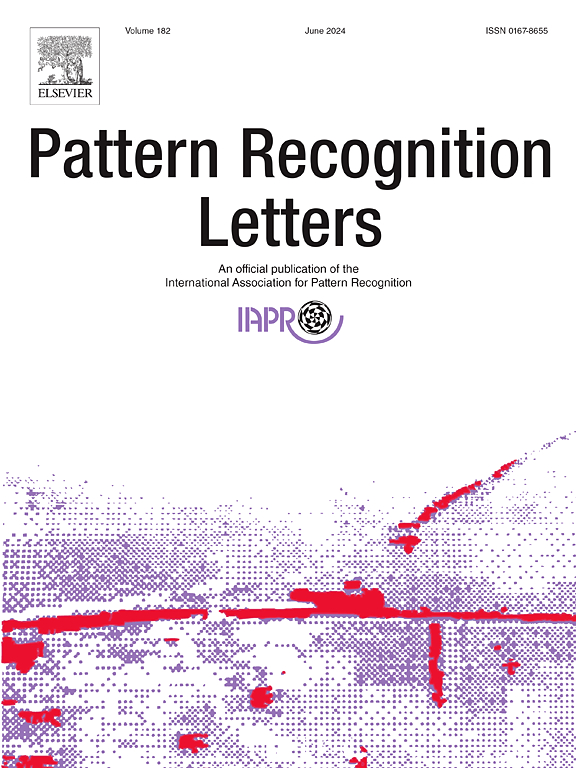Thermal error recognition and prediction method for economical motorized spindles based on thermal characteristics knowledge graph
IF 3.9
3区 计算机科学
Q2 COMPUTER SCIENCE, ARTIFICIAL INTELLIGENCE
引用次数: 0
Abstract
During CNC machining processes, economical motorized spindles exhibit nonlinear temperature increases and progressive thermal errors. Accurate recognition and prediction of these thermal errors are essential prerequisites for achieving stable and controllable machining processes. Existing thermal error models primarily rely on temperature signals while neglecting the coupling effects of other non-stationary, multi-source heterogeneous signals on thermal characteristics. This oversight results in limited theoretical understanding of the relationship between heat generation and multiple signal sources, leading to significant inaccuracies in thermal error recognition and prediction. To address these limitations, this paper elucidates the mechanism of motorized spindle thermal characteristics and their mapping relationships with multi-source signals, constructing them into interpretable thermal characteristic knowledge. Based on this foundation, a novel knowledge graph-based method for thermal error recognition and prediction is proposed, which effectively mitigates machining errors caused by thermal deformation. First, a knowledge graph is employed to structurally characterize the multi-source heterogeneous information of motorized spindles during the machining process, revealing the mapping mechanism of “machining process-multi-source signals-thermal characteristics-thermal errors”. The thermal characteristic knowledge is then systematically extracted through graph embedding. Second, a Long Short-Term Memory (LSTM) network with a flexible multi-head attention mechanism is developed, integrating graph embedding features and sensor data characteristics for thermal error recognition and prediction. Finally, the effectiveness and superiority of this method under different working conditions are verified on a high-speed CNC machine tool. The results demonstrate up to 36 % improvement in prediction accuracy compared to conventional machine learning methods.
求助全文
约1分钟内获得全文
求助全文
来源期刊

Pattern Recognition Letters
工程技术-计算机:人工智能
CiteScore
12.40
自引率
5.90%
发文量
287
审稿时长
9.1 months
期刊介绍:
Pattern Recognition Letters aims at rapid publication of concise articles of a broad interest in pattern recognition.
Subject areas include all the current fields of interest represented by the Technical Committees of the International Association of Pattern Recognition, and other developing themes involving learning and recognition.
 求助内容:
求助内容: 应助结果提醒方式:
应助结果提醒方式:


